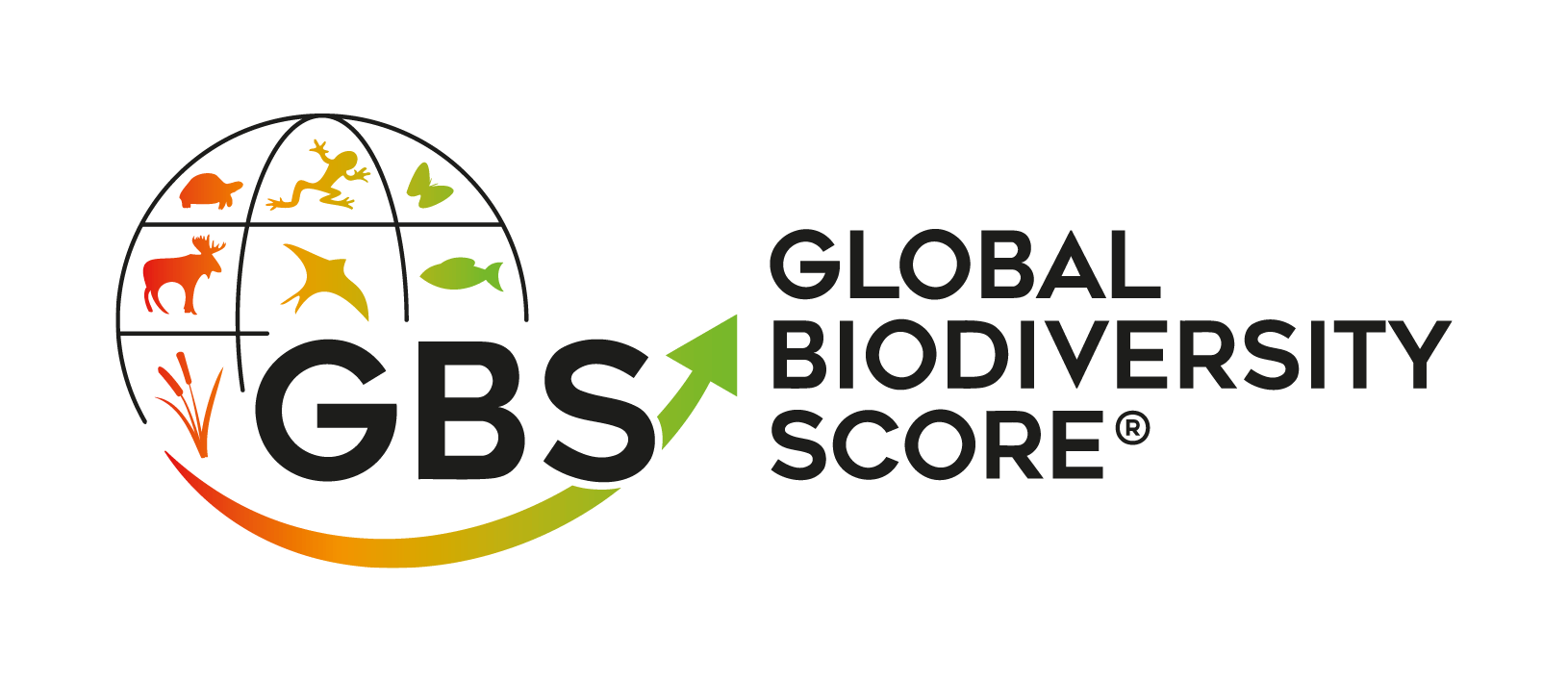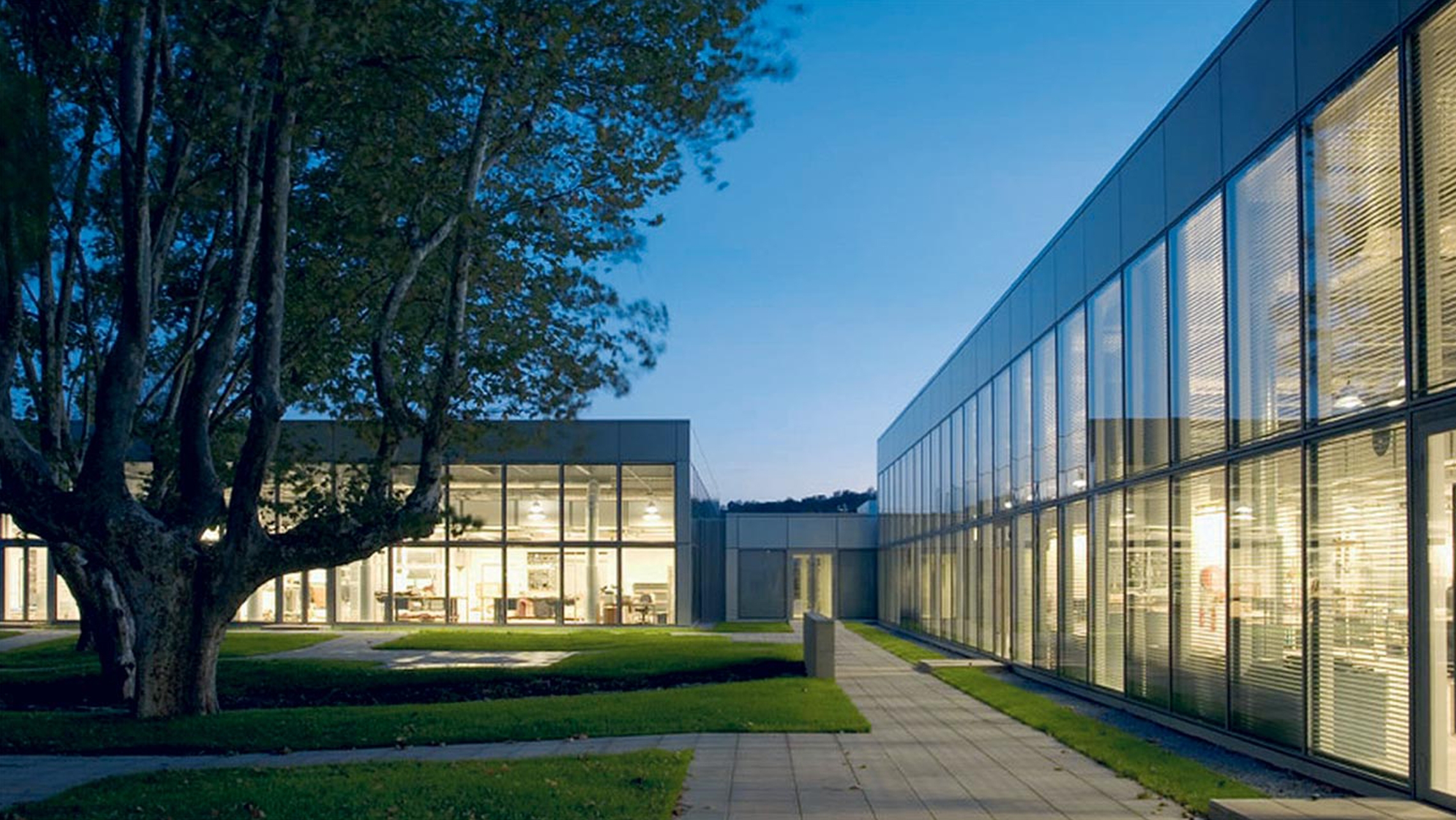
Biodiversity
“Nature has been inspiring us since 1837. Protecting biodiversity is a wonderful opportunity. We must pass on this wealth to future generations. It’s a challenge we must win today.”
Axel Dumas, Executive Chairman of Hermès
Ambition
Respecting nature, a source of both inspiration and the materials with which we make our objects, is central to our commitments. Developing activities that are respectful of the local environment and ecosystems requires safeguarding biodiversity.
Organisation
The subject of biodiversity is supervised by the Sustainable Development Committee, on which sit two members of the Executive Committee, one responsible for the upstream division (supply chains and manufacturing sites) and the other for organisational development.
Objectives
To address the challenges we currently face concerning the global loss of biodiversity, Hermès has made a concrete commitment and developed a strategy based on four key elements:
- Train: increase internal awareness-raising actions and train senior management and employees on the challenges faced and the biodiversity strategy.
Objectives: To train 100% of the Group’s employees in biodiversity by 2025.
- Collaborate: strengthen existing partnerships with several NGOs specialising in responsible procurement. Continue to support scientific research and responsible farming practices. Expand collaborations with stakeholders who are experts in these subjects (scientists, NGOs, external operators, etc.).
Objectives: To continue to work with these recognised organisations in 2024.
- Assess: build a robust impact analysis matrix based on value chain mapping. This matrix will allow the measurement of the group’s biodiversity footprint based on five direct factors that have an impact on nature.
Objectives: To measure the biodiversity footprint, including that of the main supply chains (leather, silk, cashmere, wood, cotton) with the WWF France and CDC Biodiversity using the GBS (Global Biodiversity Score®). Integrate the issues identified in reporting tools by 2025. Continue biodiversity analyses in our supply chains.
- Act: put in place action plans proportional to the level of impact on all sites and in raw material supply chains. Support the development of science-based targets. At the same time, continue the positive actions we have undertaken beyond our direct sphere of responsibility, for example through the Livelihoods fund and the Hermès Corporate Foundation.
Objectives: To establish action plans for all “lower impact” sites by 2023 and for “high impact” sites and the company’s primary supply chains by 2025. In addition, to continue to invest in the Livelihoods fund and in biodiversity projects via the Hermès Corporate Foundation.
RESULTS AND INITIATIVES
Impact across the direct sphere of responsibility
Since 2017, the Group’s sites have been applying an internal sustainable construction framework, which includes a section dedicated to biodiversity. In addition to the challenges related to the selection of sites, the construction phases include further recommendations, particularly in relation to the proportion of green land and roof spaces, the use of phytoremediation for wastewater treatment and employee awareness-raising actions. In addition, sites are progressively implementing local action plans to protect biodiversity in areas under their influence, with the aim of rolling out all action plans by 2025.
Direct Responsibility
Mesuring the impact
The assessment of the Hermès Group’s biodiversity footprint, carried out using the GBS tool (Global Biodiversity Score®), makes it possible to study the impacts caused by the Company on a large part of its value chain, i.e. in its scope of direct operations and its suppliers, which includes the supply of raw materials, in order to guide the biodiversity strategy and set objectives and priority actions for the majority of the group’s métiers.

GBS coverage rate
Impact across Hermès' wider sphere of responsibility
For decades, Hermès has acted responsibly and sourced its silk through a local partnership with smallholders in Brazil. In 2020, an analysis with the CISL (Cambridge Institute for Sustainability Leadership) confirmed the environmental value of this initiative. Local biodiversity (pollinators and soil fauna), benefits from carbon sequestration through mulberry tree plantations, soil regeneration and reduction of agrochemicals. Hermès is currently working to identify actions to further increase the benefits of this system.

“We believe that Hermès’ silk production in Brazil can be celebrated for its positive impact on the environment.” Cambridge 2020 Report
By following the recommendations of the Washington Convention in particular, alligator farming has contributed to the species’ preservation as well as protecting and maintaining the wetlands where these animals live and reproduce. According to the U.S. Fish and Wildlife Service, 1.2 million hectares of wetlands are conserved in this way.
Impact of voluntary commitments
As a responsible company, Hermès has proactively undertaken a number of voluntary initiatives, beyond the scope of its normal operations, to protect biodiversity. In particular, fighting against the trafficking of protected species in Africa (partnership with the WWF France Traffic/Africa-TWIX programme), supporting agricultural development that is more respectful of biodiversity, in particular by participating in France’s Natural History Museum’s “Vigie Nature” programme, working with the NGO L’Atelier Paysan and, lastly, financing projects to preserve ecosystems and develop agroforestry by investing in the Livelihoods fund.

In 2020, Hermès confirmed its commitment to EpE (Entreprises pour l’Environnement) and Act4Nature International, the international biodiversity protection initiative for multinational companies. The Group reiterated its adherence to the 10 common commitments to integrate the question of biodiversity into all its activities and reinforced its individual commitments.
Reforestation
Learn more about
Discover how biodiversity takes part in our strategy "All artisans of our sustainable development".
Download our documents:




